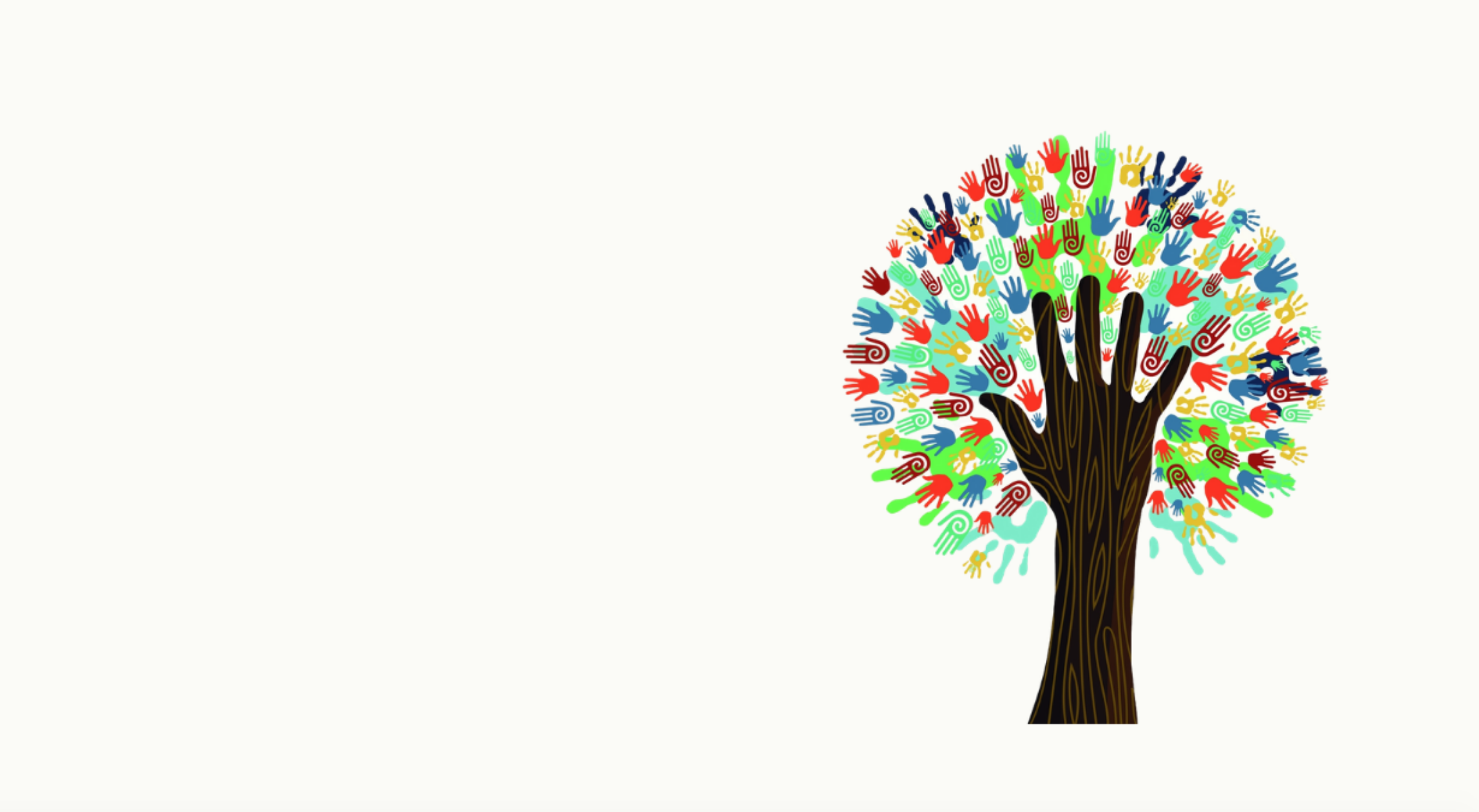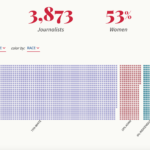Survey of race in Canadian newsrooms open for submissions into 2021
It’s well documented that diversity in Canadian newsrooms is poorly documented.
Organizations and researchers have attempted voluntary data collection efforts at multiple junctures over the past decades, consistently stymied by weak participation rates at media organizations and leaderships’ unwillingness to commit to greater transparency.
Heading into 2021, the Canadian Association of Journalists is hopeful that its new survey to collect data about racial representation in Canadian newsrooms will get results.
“We’re journalists. We understand the importance of accountability. We understand the importance of data. Of hard evidence,” says Fatima Syed, CAJ vice-president. “And honestly, it’s time that we put that spotlight of accountability on ourselves and really investigate where the problems are and fix them once and for all, quite frankly.”
Launched in November, the survey requests quantitative information about full-time newsroom employees at the management and non-management levels, broken down by race and gender. Open until April 2021, the survey is to be filled out by newsroom leaders with data the CAJ says should be easily accessible since it only asks for information that may be collected when staff are hired. For organizations that report to the CRTC, this internal data collection is already mandated.
So far, based on responses from newsrooms the professional association has engaged with directly, CAJ president Brent Jolly says he’s “cautiously optimistic that this will result in something positive.”
“We understand that this is an important time and the time is now to do it. We’ve seen the death of George Floyd and everything really opened the window and punctured the equilibrium and the stasis around the discussion of race. And we really think this is the opportunity to seize that chance and take ideas and put them into action.”
CAJ has been working on this survey for three years, said Jolly, and has borrowed a lot from the experience of the News Leaders Association, a U.S. organization that’s administered a national diversity audit for more than 40 years. Categories are adapted from Statistics Canada, according to CAJ’s survey FAQs.
The 2021 data collection does not include facets of identity such as LGBTQIA+ or disability in part to keep the effort “as focused as possible” to maximize participation, said Jolly.
In January 2020, the Canadian Association of Black Journalists and Canadian Journalists of Colour published seven calls to action, including the regular self-reporting of newsroom demographics.
Five months later, as Black, Indigenous and POC media workers across Canada increasingly blew the whistle on systemic racism at their current and former newsrooms throughout a summer of protests against police violence and reckonings over labour discrimination, some media organizations began to engage with the groups’ calls, including the Toronto Star, which has not collected demographic data of its staff in the past, but endorsed the groups’ white paper in June.
“There’s a lot of groups — CABJ and CJOC — who are working on something like this that’s similar that’ll be more comprehensive in terms of self-identification and all those kind of things,” Jolly said. “So I think this is very much just a way to set the scene and to at least, hopefully, normalize the idea of disclosing data and understanding where things are without necessarily having any prescriptive policy action attached to it after.”
The CABJ and CJOC said in a statement that they were not involved in CAJ’s methodology development from the beginning, but said that “there is a desperate need for diversity data on Canadian newsrooms.”
The organizations added that they “are focused on another forthcoming survey, taking a more robust approach to the collection of disaggregated data in Canadian newsrooms. It’s a project we hope will be unveiled in May 2021, coinciding with our inaugural Rise Conference.”
Publications and academics, including Canadaland, J-Source, John Miller, Wendy Cukier and Caron Court have released limited reports based on news workers’ voluntary participation.
In 2019, Ryerson journalism professors Asmaa Malik and Sonya Fatah (J-Source’s editor-in-chief) published initial findings of their research examining the race of Canadian columnists. In October, they were awarded a Social Sciences and Humanities Research Council of Canada grant to develop a self-reporting tool for Canadian newsrooms in partnership with the Canadian Centre for Diversity and Inclusion.
The CAJ has consulted with unions, managers and organizations, and is engaging with newsrooms before and after release of its survey to answer any questions and provide assistance, said Syed.
“People have tried time and time again and it hasn’t worked so this is the CAJ’s attempt at trying to do it in a way that engages the entire Canadian media industry in this conversation in a constructive way.”
So far, the process has been encouraging, she said.
Where diversity was once seen as a broad problem, “in the last three years, we’ve learned the many elements of that problem within our industry, whether it’s how management treats BIPOC journalists, or how BIPOC communities are covered, whether it’s in headlines or mugshots,” Syed said. “The conversations have become more specific and I think that’s what the industry will respond to.”
While there are no guarantees and the survey is just a start, “we’re hoping the industry realizes that it’s about time that we get our act together.”
Editor’s note: J-Source editor-in-chief Sonya Fatah, who is co-researcher on the SSHRC-funded diversity self-reporting tool, did not participate in the editing of this story.



